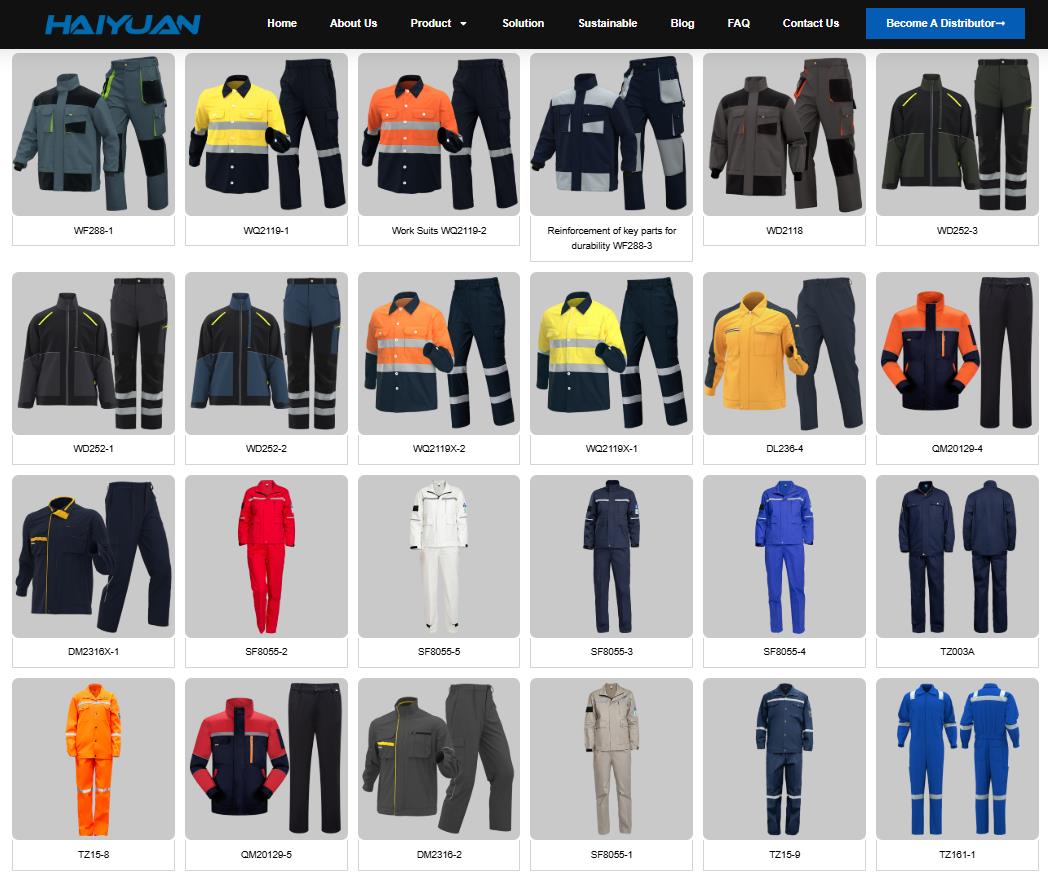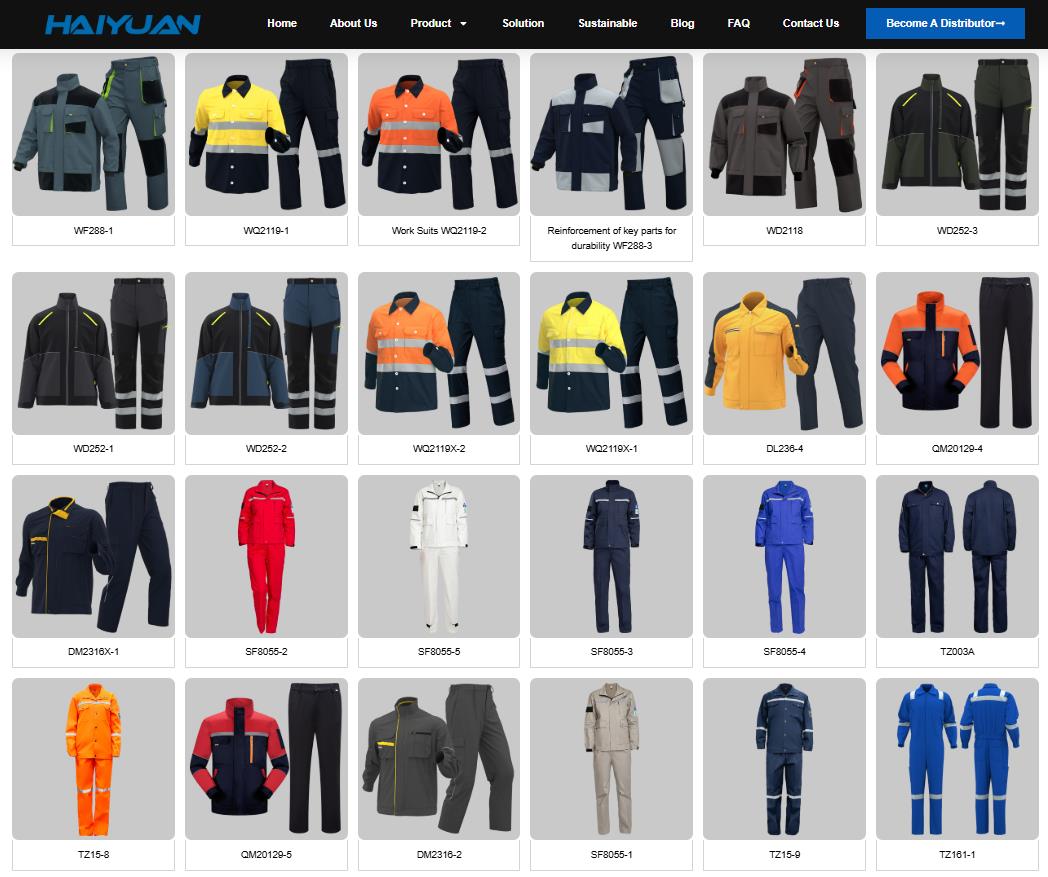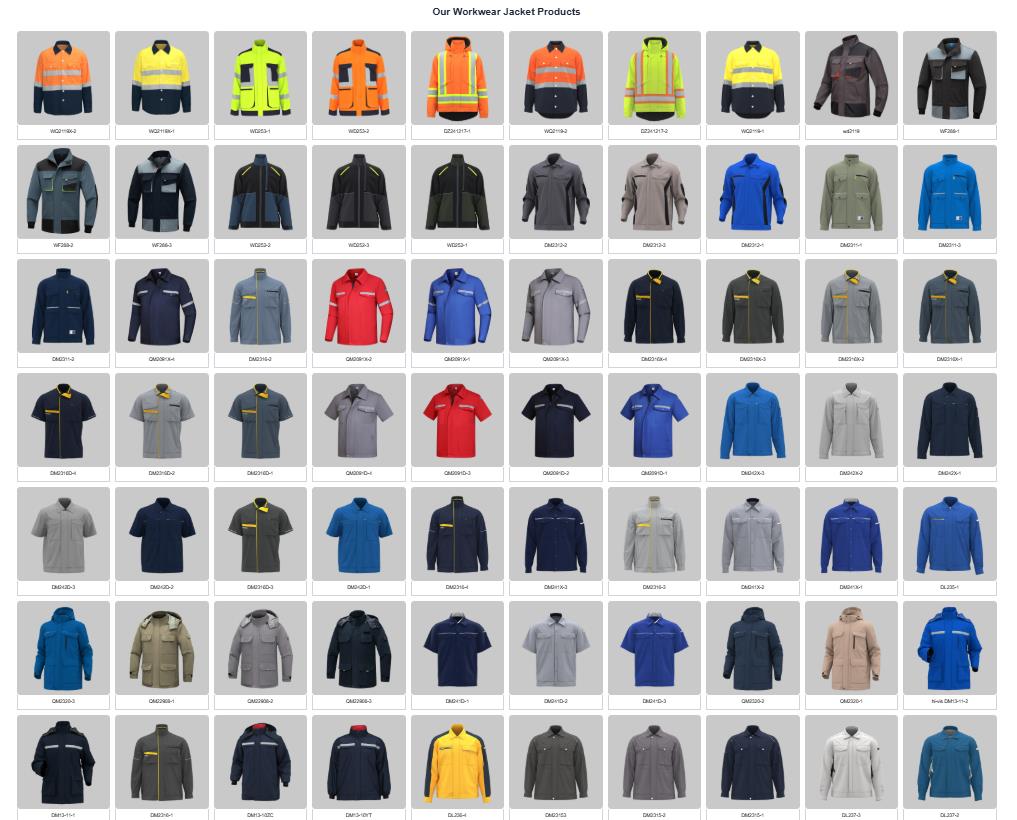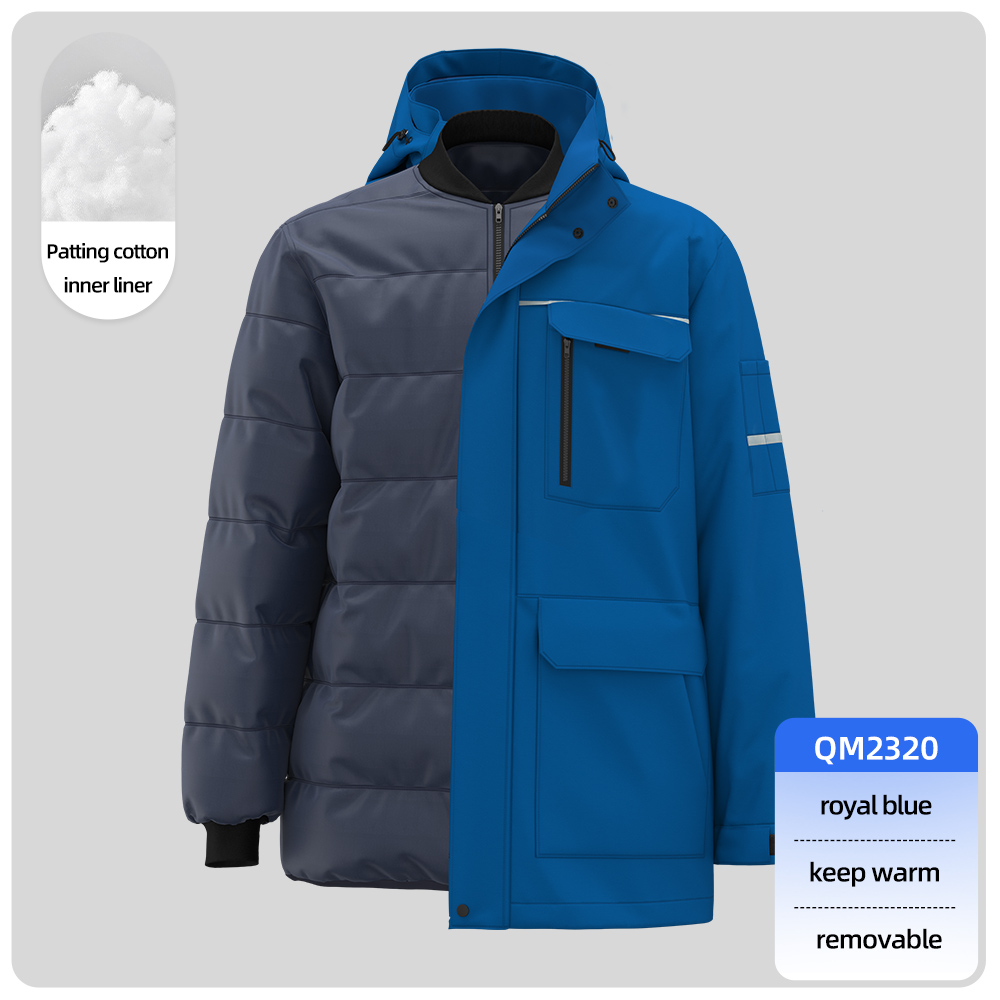Importing work clothes from China to Indonesia involves several key steps and regulatory requirements. Here’s a structured overview of the process:
1. Pre-Shipment Preparation
-
Supplier Compliance: Ensure Chinese supplier provides:
-
Commercial Invoice (in English/Indonesian)
-
Packing List
-
Bill of Lading/Air Waybill
-
Certificate of Origin (Form E for ASEAN-China FTA preferential tariffs)
-
-
Product Standards: Verify compliance with Indonesian SNI (Standar Nasional Indonesia) standards. Workwear (e.g., PPE) may require specific certifications.
-
HS Code Classification: Accurate 8-digit HS code (e.g., Chapter 61/62 for apparel) to determine duties and regulations.
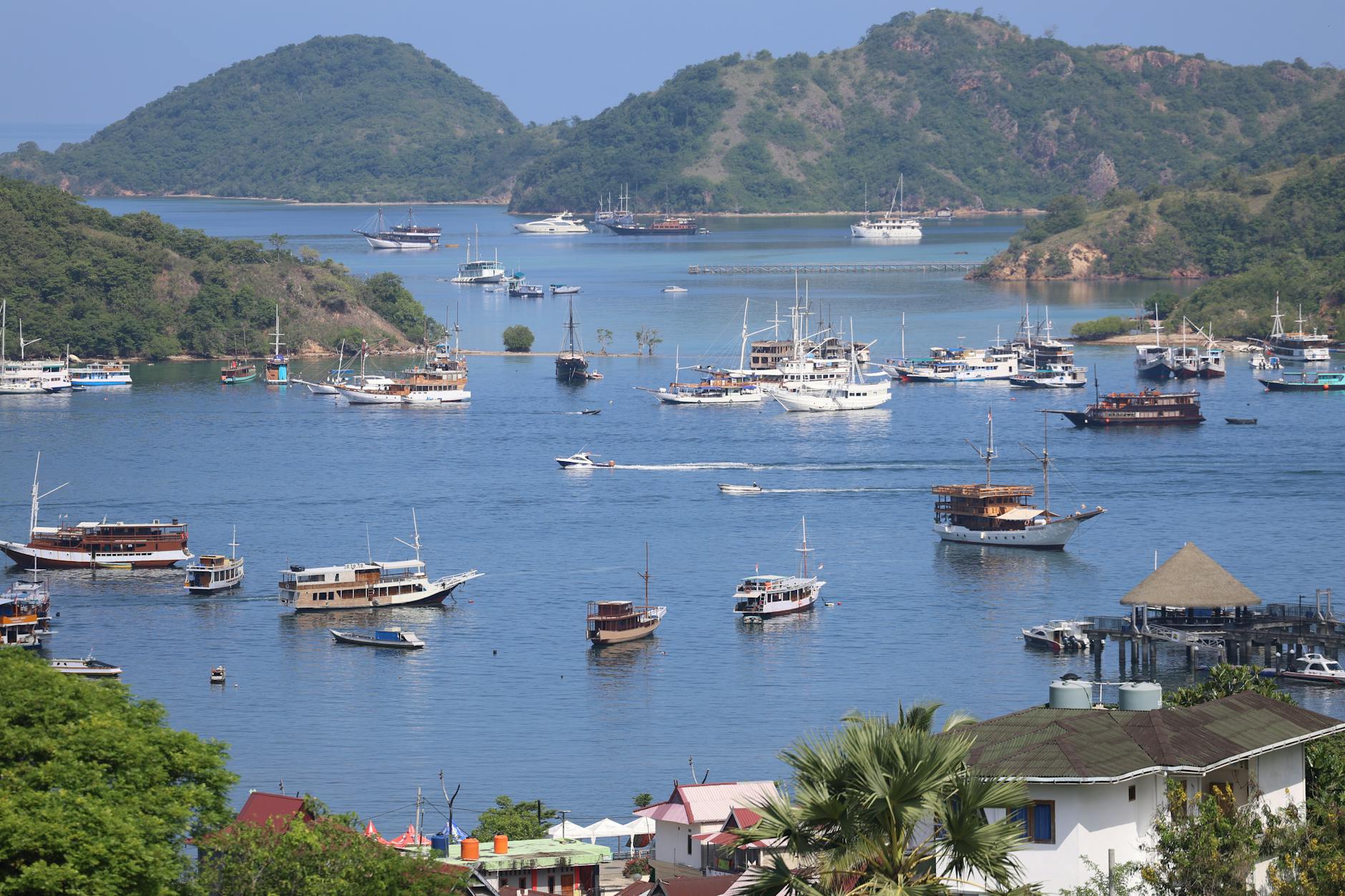
Indonesian ports
2. Import Licensing & Registrations
-
-
General Importer License (API-U) for all importers.
-
Producer Importer License (API-P) if manufacturing in Indonesia.
-
-
Customs Identification Number (NIK) from Indonesian Customs.
-
Company Registration (NIB – Nomor Induk Berusaha) via the Online Single Submission (OSS) system.
3. Customs Clearance Process
-
Submit Documents via INSW (Indonesia National Single Window):
-
Customs Declaration (PIB)
-
Import Declaration (PI)
-
Tax Identification Number (NPWP)
-
-
Duties & Taxes:
-
Import Duty: 5–20% (varies by HS code; check ASEAN-China FTA for reductions).
-
VAT: 11% (on CIF value + import duty).
-
Income Tax (PPh 22 Impor): 2.5% (for API-U holders) or 7.5% (non-API).
-
-
Customs Inspection: Physical checks may occur; ensure accurate HS codes to avoid delays.
4. Product-Specific Requirements
-
SNI Certification: Mandatory for safety workwear (e.g., flame-resistant clothing). Obtain via:
-
Testing at Indonesian labs (e.g., Sucofindo, Surveyor Indonesia).
-
Audit of manufacturing process.
-
-
Labeling: Tags must include Indonesian language, importer address, fiber composition, care instructions.
-
Post-Market Surveillance: BPOM (for medical PPE) or Ministry of Industry may conduct market checks.
5. Logistics Considerations
-
Shipping Terms: Prefer FOB China to control freight.
-
Freight Forwarder: Hire one experienced in Indonesia-China trade.
-
Port Handling: Major ports (e.g., Tanjung Priok) may have congestion; factor in 3–7 days for clearance.
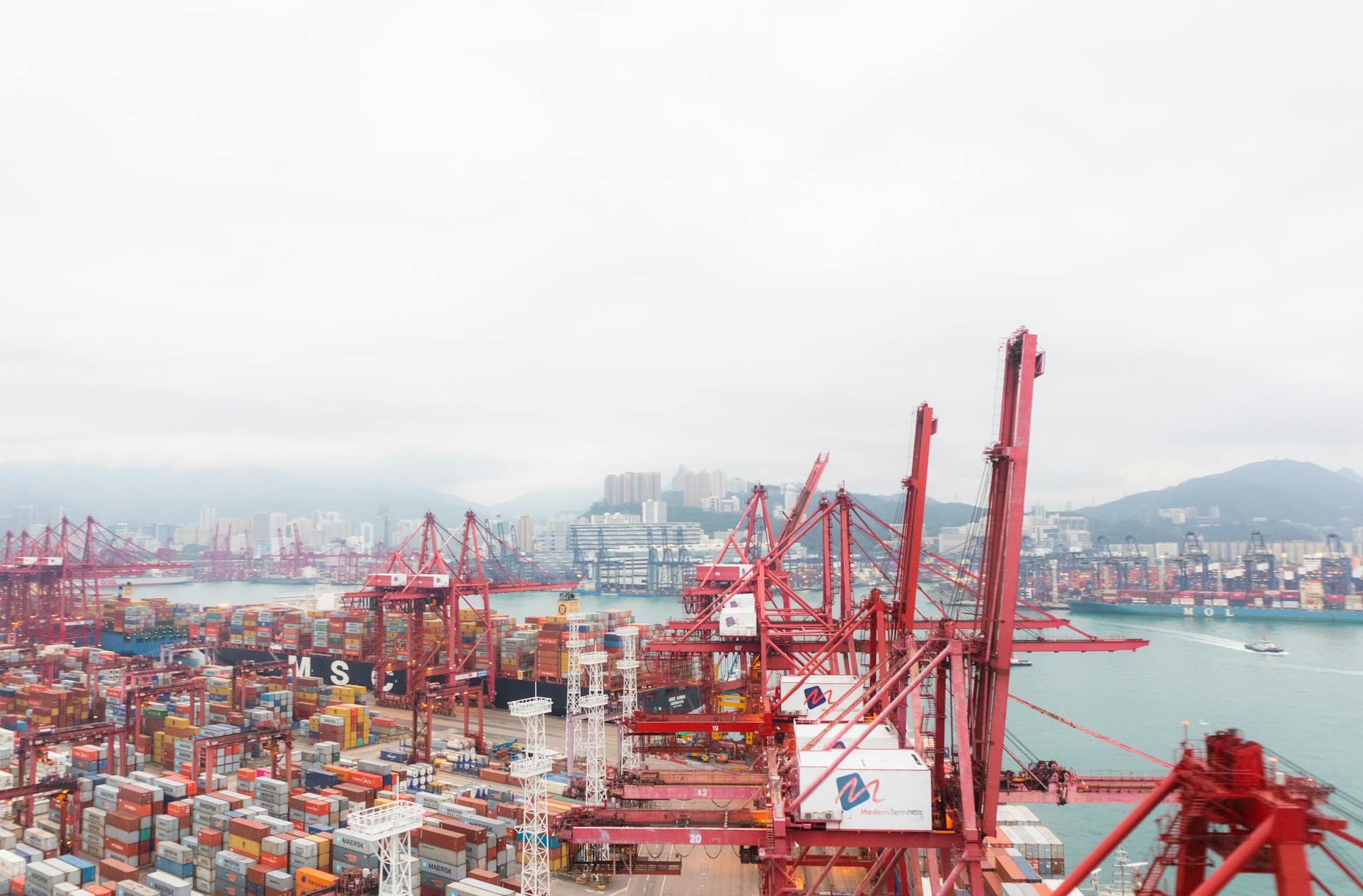
Chinese ports
6. Cost & Timeline Overview
-
Costs:
-
Freight: $800–$2,500/container (China to Indonesia).
-
Duties/Taxes: ~25–35% of CIF value.
-
SNI Certification: IDR 15–50 million ($1,000–$3,500).
-
-
Timeline:
-
Shipping: 7–14 days.
-
Customs: 3–10 days (longer if inspection).
-
SNI Certification: 4–8 weeks.
-
7. Compliance Risks to Avoid
-
Under-Invoicing: Heavy penalties for undervalued goods.
-
HS Code Errors: Misclassification causes delays or higher duties.
-
Non-Standard Goods: Seizure if lacking SNI (for regulated items).
Resources
-
Customs Portal: www.beacukai.go.id
-
SNI Certification: www.bsn.go.id
-
OSS Registration: oss.go.id
- China Customs
Pro Tips
-
Partner with a local customs broker (PPJK) in Indonesia.
-
For first-time imports, start with a small shipment to test the process.
-
Verify if your product falls under “lartas” (restricted goods) regulations.
Work closely with your Chinese supplier to ensure documentation accuracy, and consult an Indonesian trade specialist to navigate regulatory nuances efficiently.
Recommended reading:

